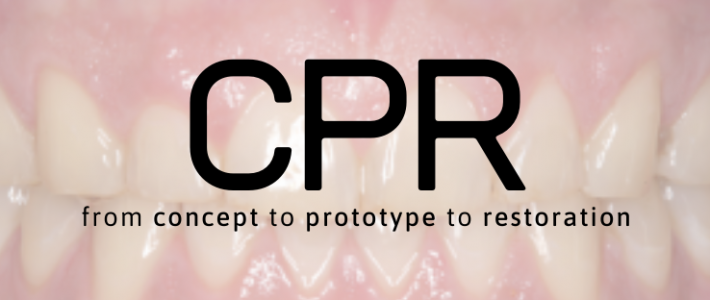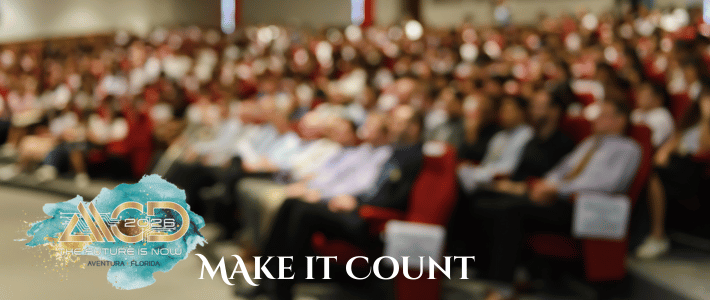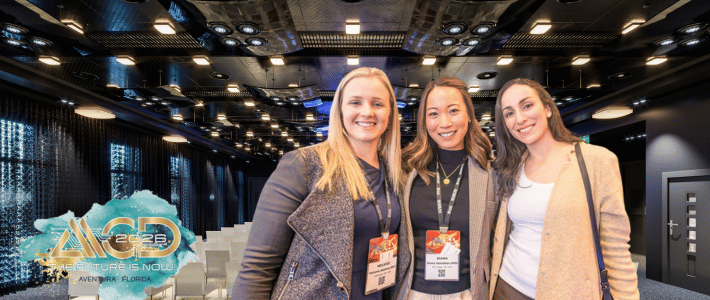
CPR for the Worn Dentition: from Concept to Prototype to RestorationDecember 30, 2019 by Dana J. Murn, CAEIf you’re like most restorative dentists, you’ve been faced with the challenging nature of managing patients with worn dentition at some point in your career, and you probably know that the traditional strategy (utilizing a pre-operative wax-up and going directly to preparation of the teeth for definitive restorations), can sometimes lead to dissatisfied patients who either are displeased with the esthetics, or who have trouble coping with changes in tooth length, form, and/or contour. “Knowing the treatment is reversible can help patients feel more comfortable about proceeding.” CPR Creates PredictabilityAACD Accredited Member Dennis Hartlieb, DDS, AAACD, has found success with direct resin bonding in a no-preparation, reversible technique. The direct bonded restorations serve as a prototype, permitting dentist and patient to work out esthetic, occlusal, functional, or phonetic issues before the teeth are irreversibly prepared. The Concept to Prototype to Restoration method (or CPR) enables dentists to treat patients in a safe and reversible manner. Besides being reversible, there are other advantages to the CPR philosophy:
Predictability Creates Happier PatientsThe traditional strategy for addressing worn dentition is subject to many challenges. With the CPR method, patients can function with a prototype restoration to be certain they are satisfied with their speech and esthetics. Once both patient and dentist are happy with the result, it can either be maintained indefinitely, resurfaced with a more esthetic composite layering technique, or eventually transitioned to porcelain restorations. Discover the clinical technique in the full course here, and read Dr. Hartlieb’s step-by-step article in the Journal of Cosmetic Dentistry.
|









